Maintaining an ample supply of engine coolant is paramount for the smooth operation of your vehicle. It’s crucial to monitor and replenish your coolant reservoir, usually located under the hood and in close proximity to the engine, at least once or twice annually. Failure to do so can result in detrimental effects on your car’s internal components. In this guide, we’ll walk you through topping up your coolant reservoir and offer expert advice on when to add or replace coolant for optimal vehicle performance and longevity.
How Do I Know If My Car Needs Coolant?
To ascertain if your car requires coolant, observe the temperature gauge on your dashboard while driving. If it indicates an unusually high temperature or your engine overheats, it may be a sign that your vehicle needs coolant.

Another way to check coolant levels is by inspecting the coolant reservoir or radiator. Ensure the engine is cool before opening the reservoir cap. If the level is below the recommended mark, adding coolant can help maintain proper engine temperature.
Additionally, be attentive to any warning lights or messages on your dashboard related to coolant levels. Modern vehicles are equipped with sensors that detect coolant levels and may alert you if they are low or depleted.
By regularly monitoring your car’s temperature gauge, checking coolant levels, and heeding warning lights, you can determine if your vehicle needs coolant and take appropriate action to prevent engine overheating and damage.
Things You Should Know?
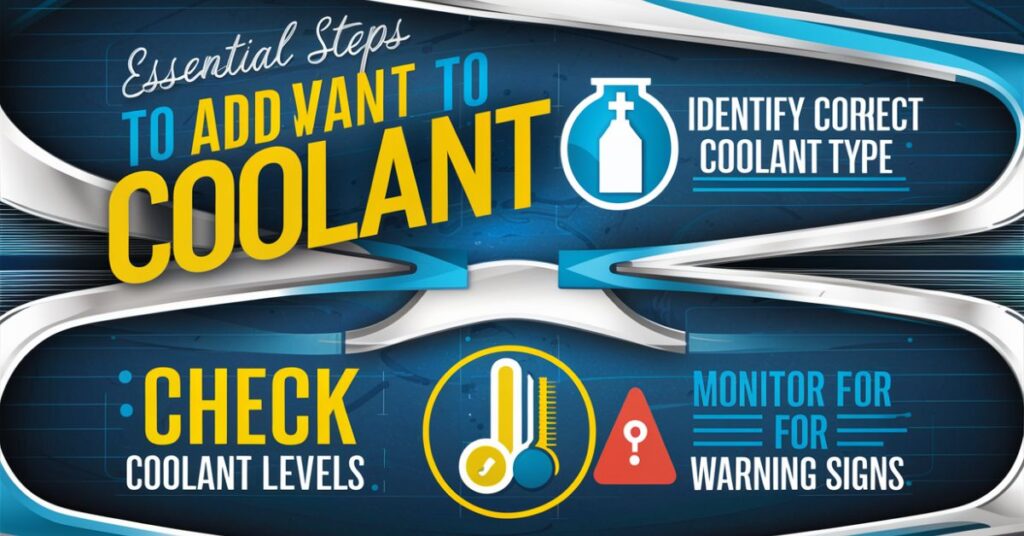
Before adding coolant in your car, you should know first,
Identify Correct Coolant Type: Determine the specific type of coolant required for your vehicle, whether it’s ethylene glycol-based or propylene glycol-based, to ensure compatibility and effectiveness.
Check Coolant Levels: Before adding coolant, inspect the coolant level in your car’s reservoir and radiator. If levels are low, adding coolant mixed with an equal amount of water can restore them to the recommended level.
Monitor for Warning Signs: Be vigilant for warning signs indicating potential issues with your vehicle’s cooling system, such as overheating, coolant leaks, or unusual smells. Promptly address any concerns by consulting a professional mechanic for diagnosis and repair.
How to Add Coolant to Your Car? A Step-by-Step Guide
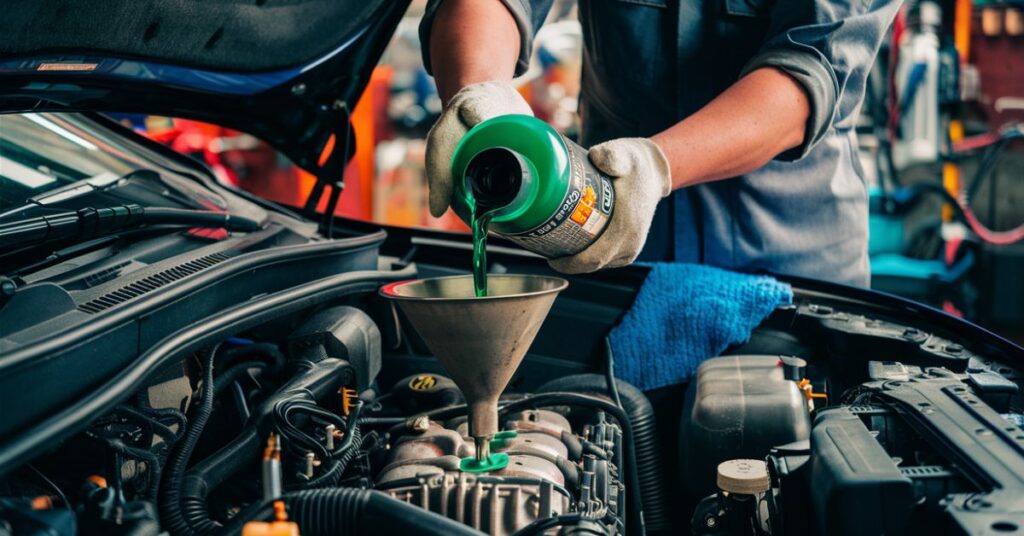
To Adding Coolant to Your Car follow given below steps,
- Ensure the engine is cool to avoid burns.
- Park on a level surface and open the hood.
- Locate the coolant reservoir near the radiator.
- Once the engine has cooled, remove the reservoir cap.
- Check the coolant level against the markings.
- If low, it’s time to add coolant.
- Pour recommended coolant into the reservoir.
- Use a mixture of coolant and distilled water.
- Fill up to the maximum fill line.
- Securely replace the reservoir cap.
- Close the hood and start the engine.
- Let it run to circulate the coolant.
- Check for leaks and recheck coolant level.
- Ensure it’s at the appropriate level.
- Enjoy proper engine cooling and performance.
Read this Blog:10 Safe and Legal Places You Can Sleep in Your Car for Free If You’re Homeless
Coolant vs. Antifreeze
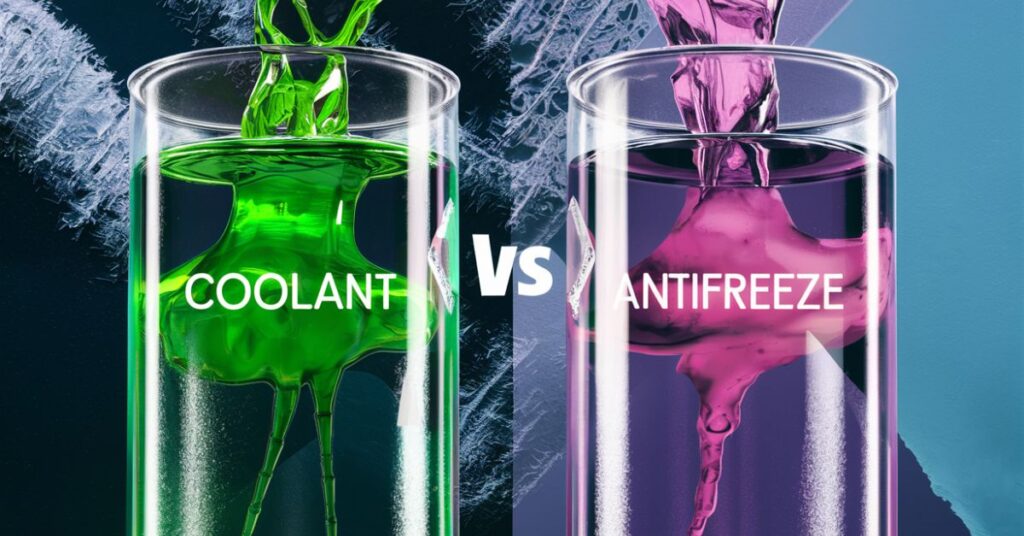
Some common differences between coolant and antifreeze you should know,
| Coolant | Antifreeze |
| Also known as radiator fluid | Also known as engine coolant |
| Used to regulate engine temperature | Used to prevent freezing and overheating |
| Typically a mixture of water and antifreeze | Primarily composed of ethylene glycol or propylene glycol |
| Helps dissipate heat from the engine | Lowers the freezing point and raises the boiling point of the coolant mixture |
| Comes in various colors, such as green, red, or blue | Often dyed a distinctive color, such as green or orange |
| Protects against corrosion and rust within the cooling system | Acts as a lubricant for water pump seals and prevents corrosion |
Do You Add Coolant To Radiator Or Reservoir?
When it comes to adding coolant to your car, you typically pour it into the coolant reservoir, not directly into the radiator. The coolant reservoir serves as a convenient access point for topping up coolant levels without needing to open the radiator cap.

Pouring coolant into the reservoir allows it to gradually mix with the existing coolant in the system as needed. This helps maintain the proper coolant-to-water ratio and ensures efficient engine cooling performance.
Adding coolant to the reservoir also minimizes the risk of burns or injuries that could occur from opening the radiator cap while the engine is hot. It’s a safer and more convenient method for maintaining optimal coolant levels in your vehicle.
What Happens If You Put Coolant In The Radiator?
If you put coolant directly into the radiator, it will mix with the existing coolant in the cooling system. This can help replenish coolant levels and maintain proper engine temperature regulation.
However, it’s important to ensure that you’re using the correct type of coolant for your vehicle and that it’s mixed with distilled water to achieve the proper coolant-to-water ratio. Using the wrong type of coolant or mixing incompatible coolant types can lead to damage to your engine or cooling system components.
To avoid potential issues, it’s recommended to add coolant to the coolant reservoir rather than directly into the radiator. This allows the coolant to gradually mix with the existing coolant in the system and helps maintain optimal performance and protection for your engine.
Also Read This Blog:Car Battery Reconditioning (A Step-By-Step Guide)
What happens if you put water in coolant reservoir?
Some common issues you have to face by adding water in coolant reservoir,
Effectiveness Compromised: Adding water to the coolant reservoir dilutes the coolant mixture, reducing its ability to regulate engine temperature effectively.
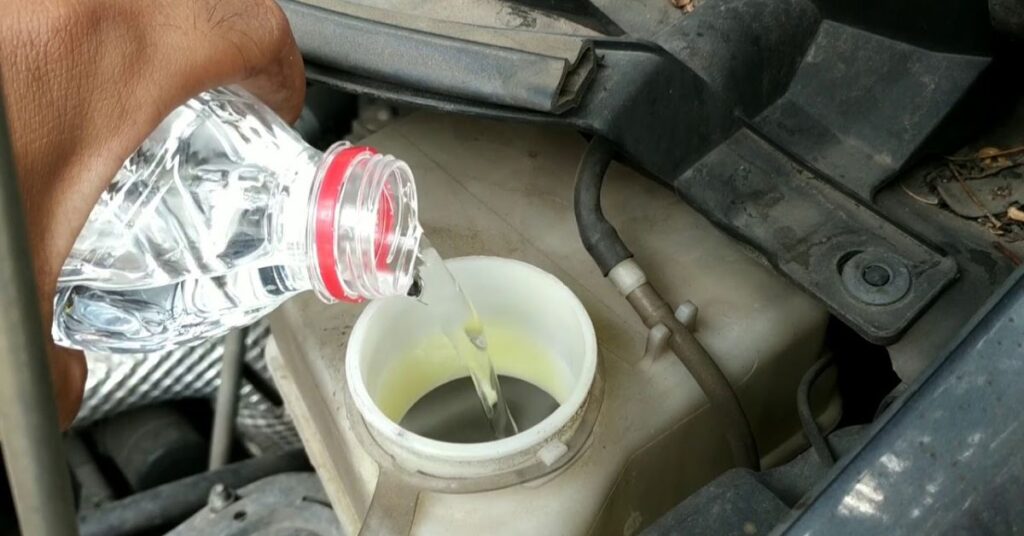
Potential Risks: This dilution can result in decreased coolant performance, increasing the risk of overheating or engine damage over time.
Recommendation for Optimal Protection: To safeguard your engine, it’s advisable to use a mixture of coolant and distilled water in the reservoir. This ensures consistent temperature regulation and provides corrosion protection for engine components.
Corrosion Risk: Pure water lacks the corrosion inhibitors found in coolant, increasing the likelihood of corrosion within the cooling system and potential damage to engine components.
Winter Concerns: In colder climates, using water alone in the coolant reservoir can lead to freezing in low temperatures, causing blockages and potential damage to the cooling system.
Does coolant affect AC?
Coolant plays a crucial role in maintaining the proper functioning of your car’s air conditioning (AC) system. The AC system relies on the circulation of refrigerant to cool the air before it enters the cabin. However, the AC system also utilizes the car’s engine cooling system to dissipate heat generated during operation.
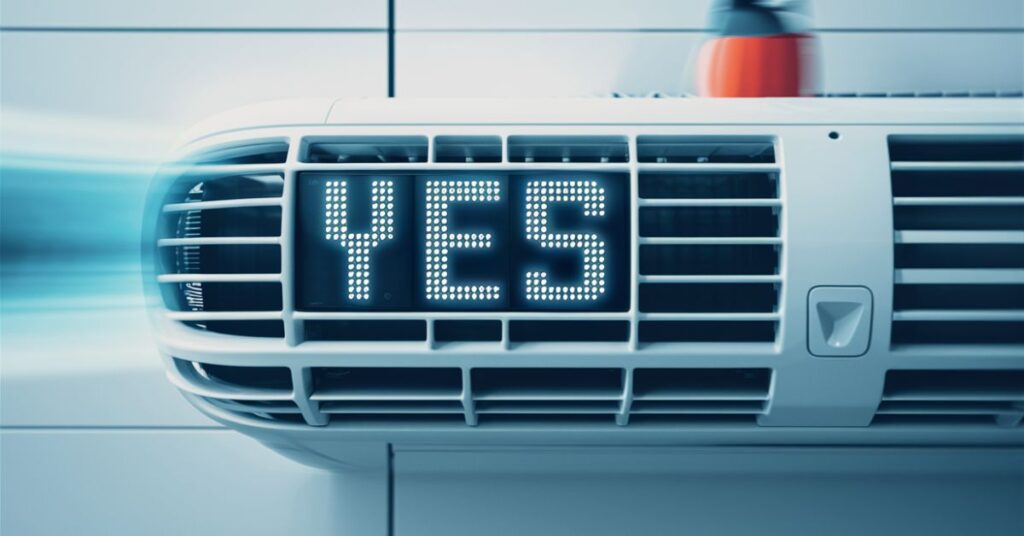
When coolant levels are low or the coolant is not circulating effectively, it can impact the overall performance of the AC system. Inadequate coolant levels can lead to overheating of the engine, which in turn can affect the AC compressor’s ability to function optimally. This may result in reduced cooling capacity or even complete failure of the AC system.
Coolant leaks or contamination can cause damage to AC components such as the condenser or evaporator coils, leading to costly repairs. Therefore, it’s essential to ensure that your car’s cooling system is properly maintained, including regular checks of coolant levels and addressing any leaks or issues promptly.
While coolant primarily serves the engine cooling system, it indirectly affects the performance of the AC system. Proper maintenance of the cooling system is crucial to ensure optimal operation of both the engine and the AC system, enhancing overall driving comfort and safety.
Is radiator same as coolant?
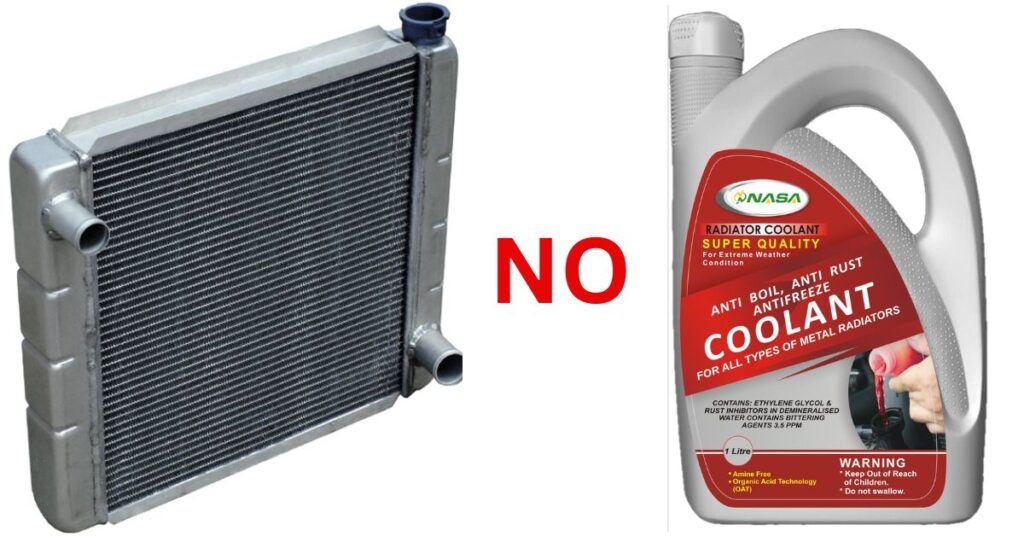
| Aspect | Radiator | Coolant |
| Function | Facilitates heat dissipation from the engine. | Regulates temperature and prevents freezing. |
| Composition | Consists of tubes and fins for heat exchange. | Mixture of water and antifreeze. |
| Role | Acts as a heat exchanger in the cooling system. | Transfers heat away from the engine. |
| Location | Found at the front of the engine compartment. | Circulates through the engine and radiator. |
| Maintenance | Requires periodic flushing and inspection. | Regular checks for leaks and proper levels. |
| Functionality | Critical for preventing engine overheating. | Essential for temperature regulation. |
Frequently Asked Questions
Why is my car losing coolant but no leak?
There could be several reasons, such as a faulty radiator cap, a damaged head gasket, or internal engine leaks.
How quickly does coolant work?
Coolant begins working immediately upon circulation through the engine, helping regulate temperature and prevent overheating.
What is the best liquid for coolant?
The best liquid for coolant is a mixture of antifreeze (ethylene glycol) and distilled water in the recommended ratio for your vehicle.
Why does the car overheat?
Cars can overheat due to various reasons, including low coolant levels, a malfunctioning thermostat, a faulty water pump, or a blocked radiator.
What is the coolant symbol?
The coolant symbol typically resembles a thermometer or a drop of liquid with wavy lines, indicating the engine’s temperature or coolant level.
Conclusion
Understanding the importance of proper coolant maintenance is crucial for maintaining optimal engine performance and preventing potential issues like overheating and engine damage. From learning how to add coolant to identifying the best coolant mixture for your vehicle, each aspect contributes to ensuring your car runs smoothly.
By following recommended procedures and addressing any coolant-related concerns promptly, you can safeguard your engine’s longevity and reliability. Also, being aware of signs of coolant loss or overheating and knowing when to seek professional assistance are essential for maintaining your vehicle’s health.
Ultimately, prioritizing coolant care as part of regular vehicle maintenance not only enhances engine efficiency but also contributes to safer and more enjoyable driving experiences. Remember, proactive coolant management is key to keeping your car running smoothly on the road.







